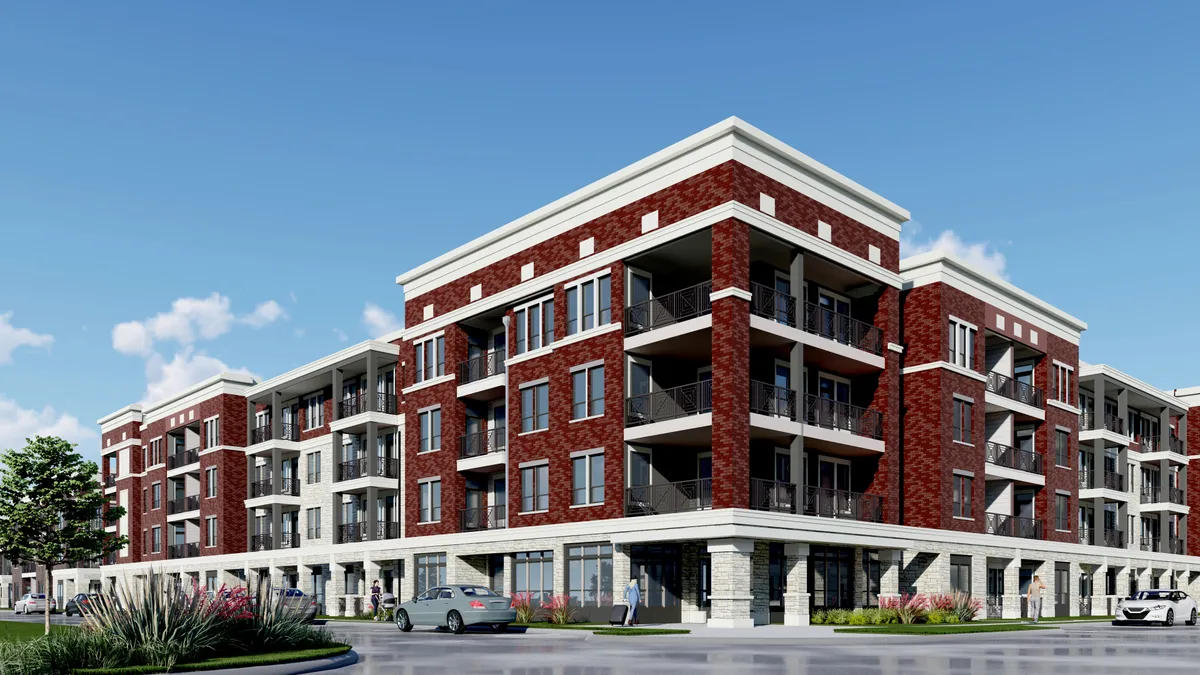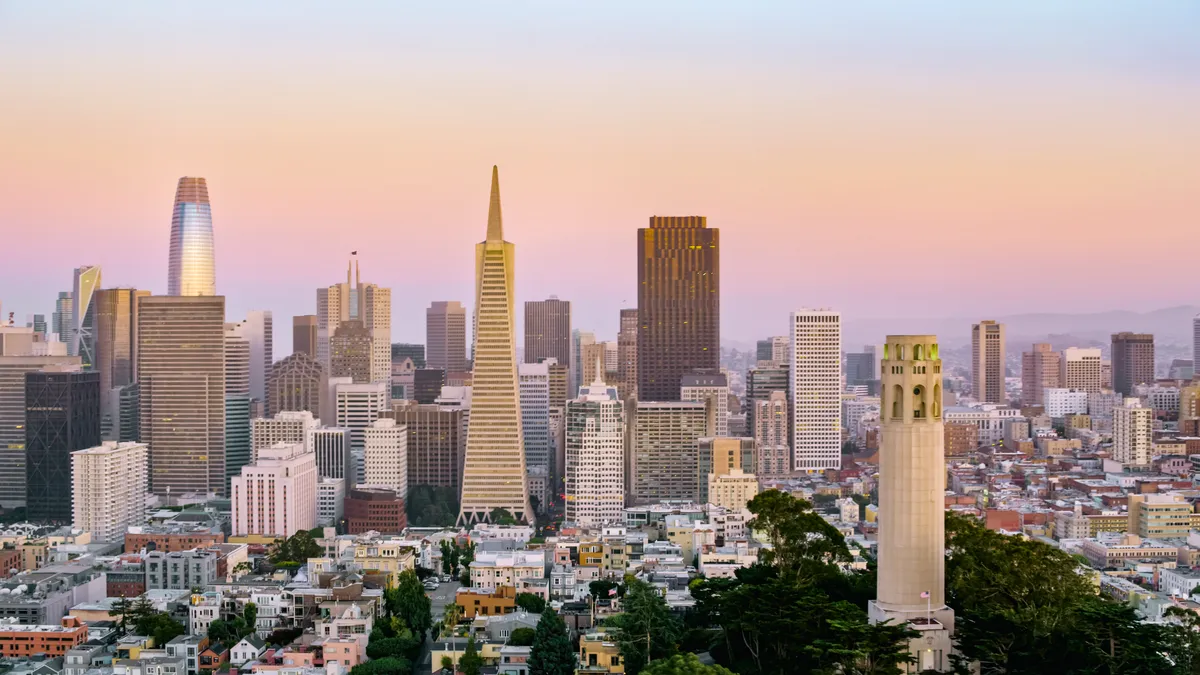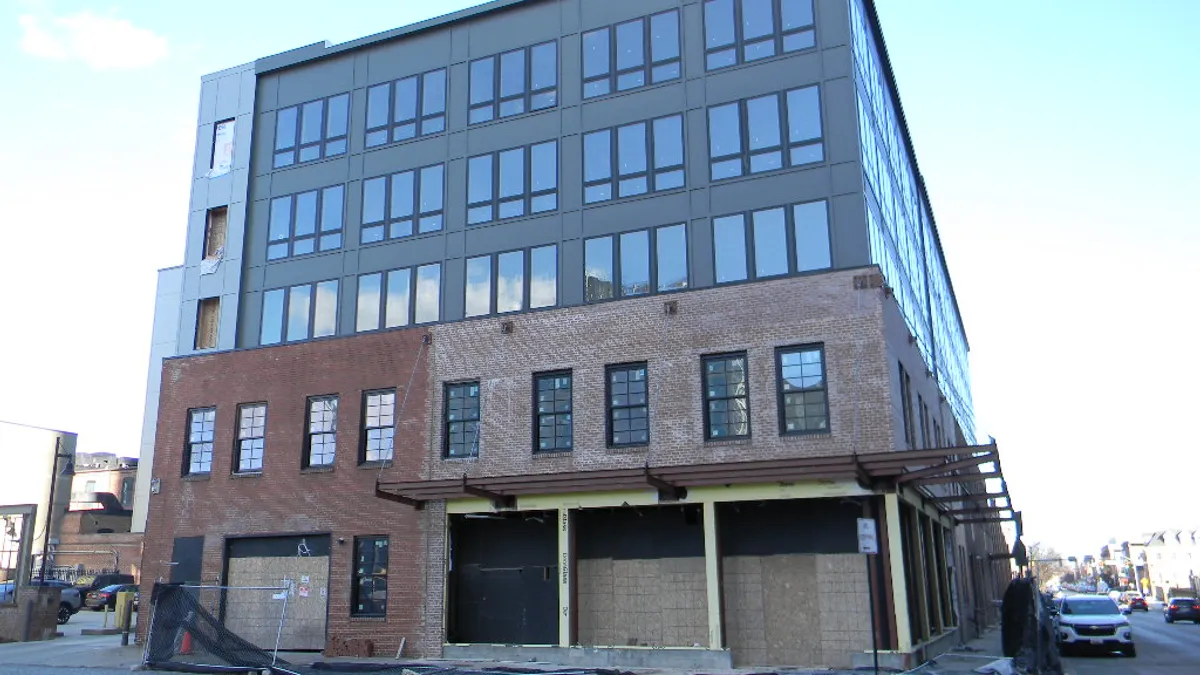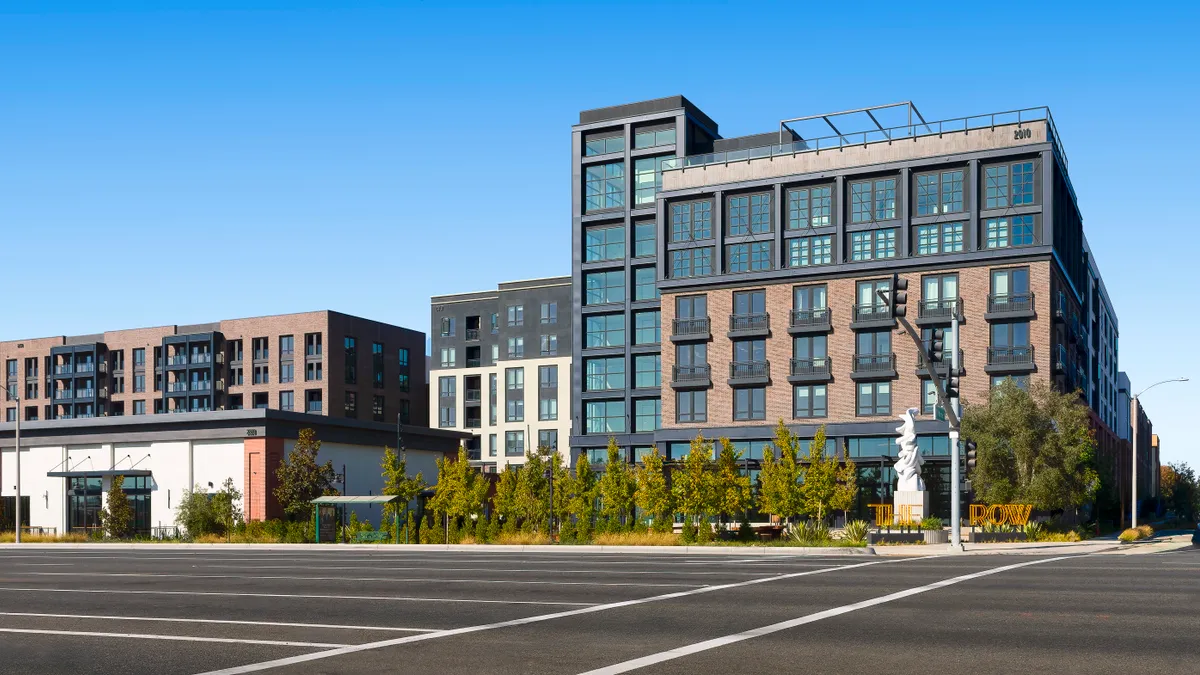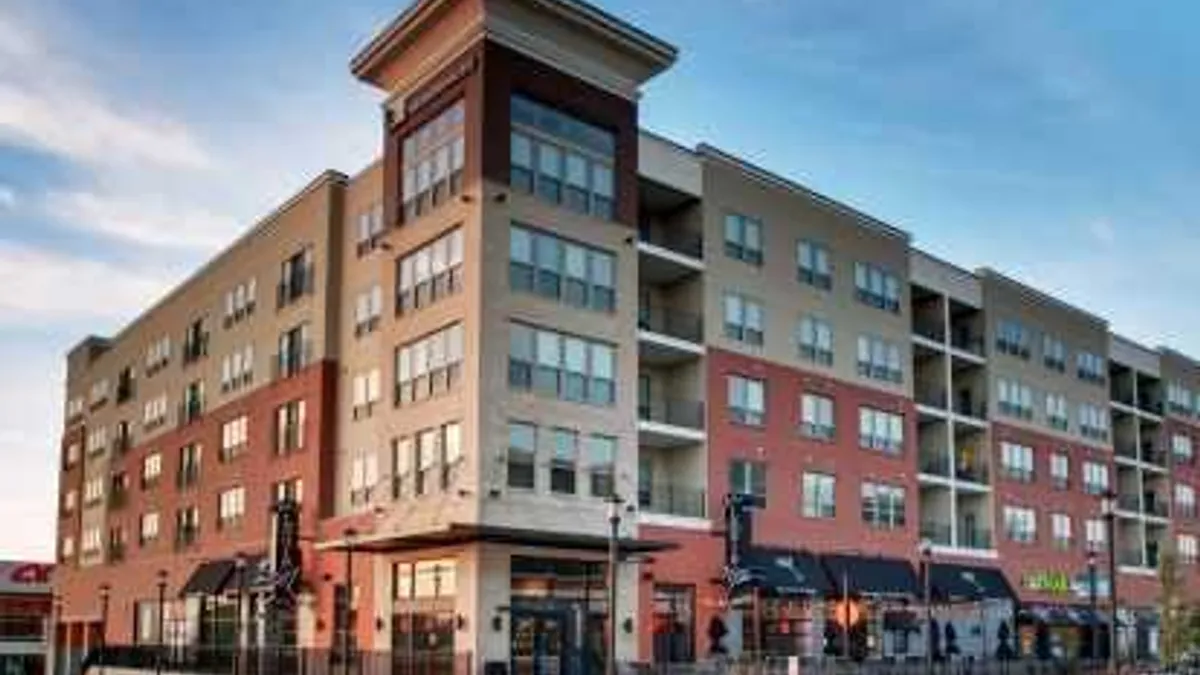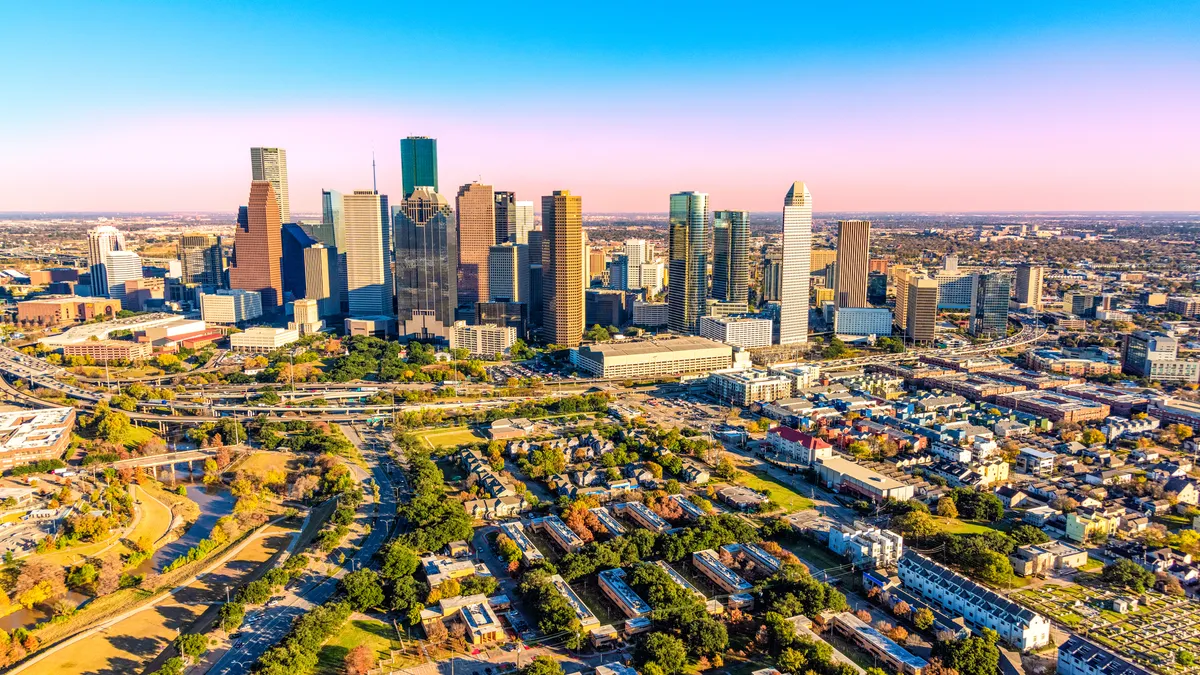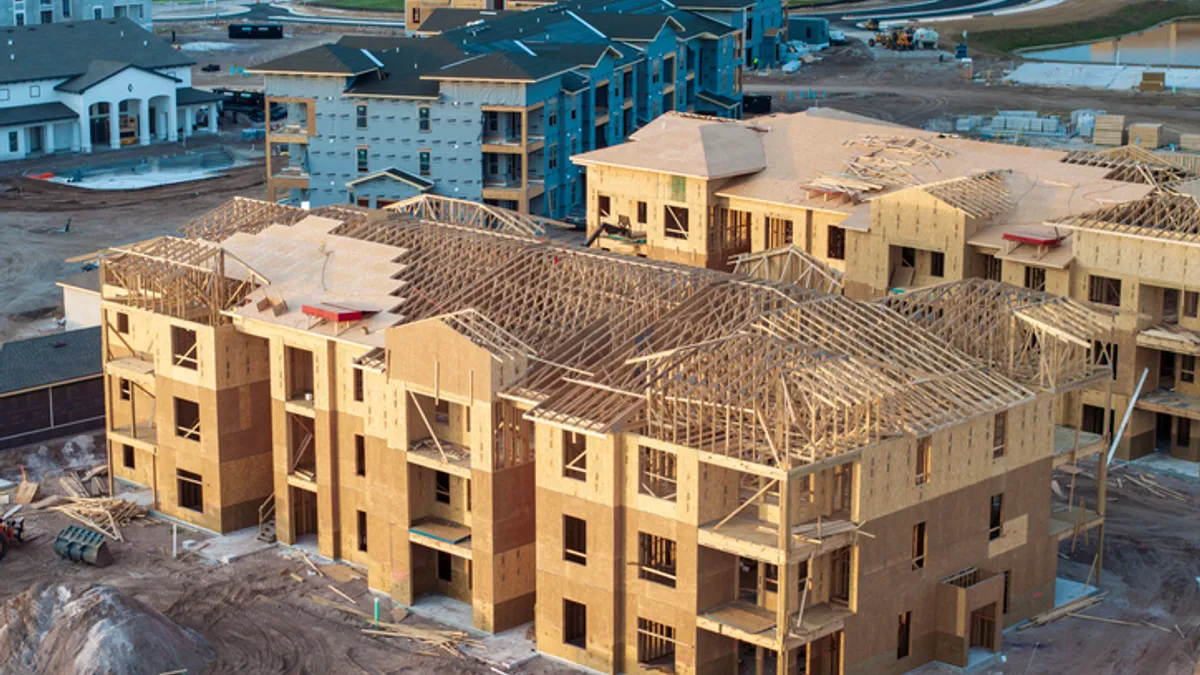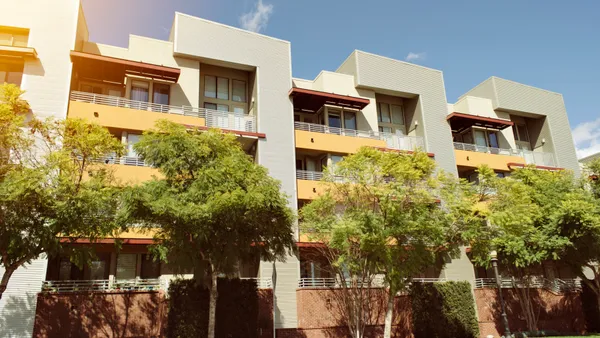In 2019, Ed Garahan, the CEO of Dallas-based developer Carbon Cos., bought a property on the corner of the North Dallas Toll Road, which is now called PGA Parkway. When he purchased the property, he saw potential. But he didn’t know what was in store for the area.
“We did know that the growth in Dallas had always been to the north, and the toll road has been the magnet,” Garahan told Multifamily Dive.
Eventually, the PGA would move its headquarters nearby and the Omni Hotel would build a massive resort.
Carbon was approved for 1,310 units at the site. Carbon Cos. and its partner, Dallas-based Greenway Investment Co., completed phase one of the project — The Links at PGA Parkway — in December 2021. Now, they have begun construction on the second phase, a 315-unit property.
In addition to its projects in Frisco, Texas, Carbon is also closing a deal in Fredericksburg, Texas, called 1846. Here, Garahan talks with Multifamily Dive about his career, the migration into Texas and the changing math behind construction deals.
This interview has been edited for brevity and clarity.
MULTIFAMILY DIVE: Where is your development focus?
ED GARAHAN: Between 2011 and 2020, we divested ourselves of three or four deals that we had done in Northern Virginia. Then we divested ourselves of some properties that we had in Alabama and of properties out in the desert. We've been exclusively focused on Texas for the last nine to 10 years. We do two or three deals a year with friends and family equity, as well as institutional partners.
You started your company at an interesting time — during the savings and loan crisis. What was it like to launch at that time?
Our very first deal was a grand slam home run. We had not been tainted by the negative part of the crisis. Texas was the poster child with all of the guys that went to jail [due to the crisis].
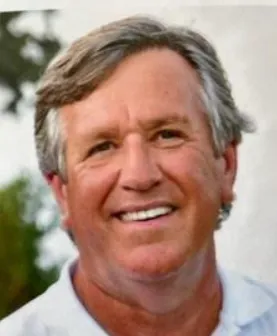
Our very first deal was called Saddlebrook in North Dallas, and it was like the phoenix emerging from the ashes of the crisis. We were one of the first guys to do deals. Along with a couple of other small developers, we started looking at these markets. As Texas, especially Dallas, started to heal its wounds, we were in the right place at the right time.
You had 110 leases signed in one month at The Links. What is behind those strong numbers?
The resident profile moving in includes a big influx from New York, Connecticut, Chicago and California. If you follow the North Texas market, you know about the influx of population and the number of companies that have relocated — Toyota being the biggest. But it is just one of many, many companies moving in. Thirty-five percent of the residents that moved into The Links phase one were relocations from outside of the state of Texas.
Another 30% were local relocations — people that currently live in another apartment in the area. About 10% of the residents that came in were having homes built for them. So they would come in and take a year lease while their homes were being built.
How are you distinguishing the first two phases at The Links?
The second phase is similar to the first phase. It will have a leasing facility and a whole set of replicated amenities. The purpose for us doing that is I don't know whether I will ultimately sell these as 1,300 units or 600 units. But I know from my past that each one of the phases is going to need its own amenity package. Otherwise, you don't want people wandering a mile away to use a pool or workout facilities.
How challenging is it to close deals right now?
Lenders are essentially doing business with people that they've done business with before. They're not out looking for a lot of new clients. The deals also need to pencil out. But the fact of the matter is that even though the interest rates sound crazy, we have had very, very low interest rates for a very, very long time.
We're anticipating that interest rates will be between 5% and 6%. The deals work economically if you solve to a 5.5% or 6% interest rate and there's a differential on the cap rates. Are cap rates going to go up? Yes. But how much are they going to go up? If you’re in at a cash-on-cash return of 6.5%, is coming out of it at a 5% cap worth it? Yes, it is.
For us, we are not deal junkies and we're not stuck with the same overhead as some of the major guys are. Our model has been to be conservative. We always develop these things in such a way that we have the ability to keep them if we need to keep them or sell them if the price is right.
Click here to sign up to receive multifamily and apartment news like this article in your inbox every weekday.



